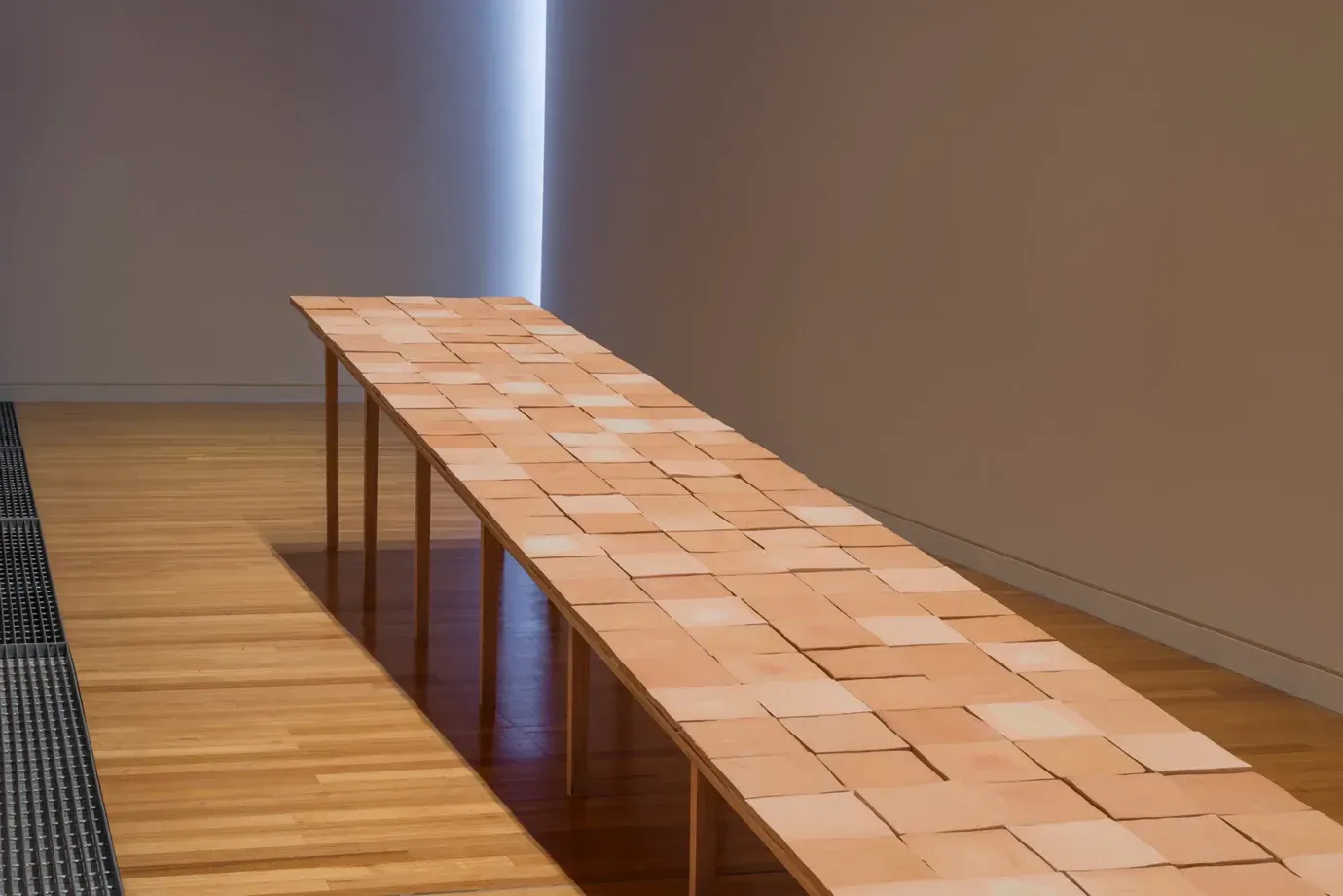Transform your creative practice
Written by
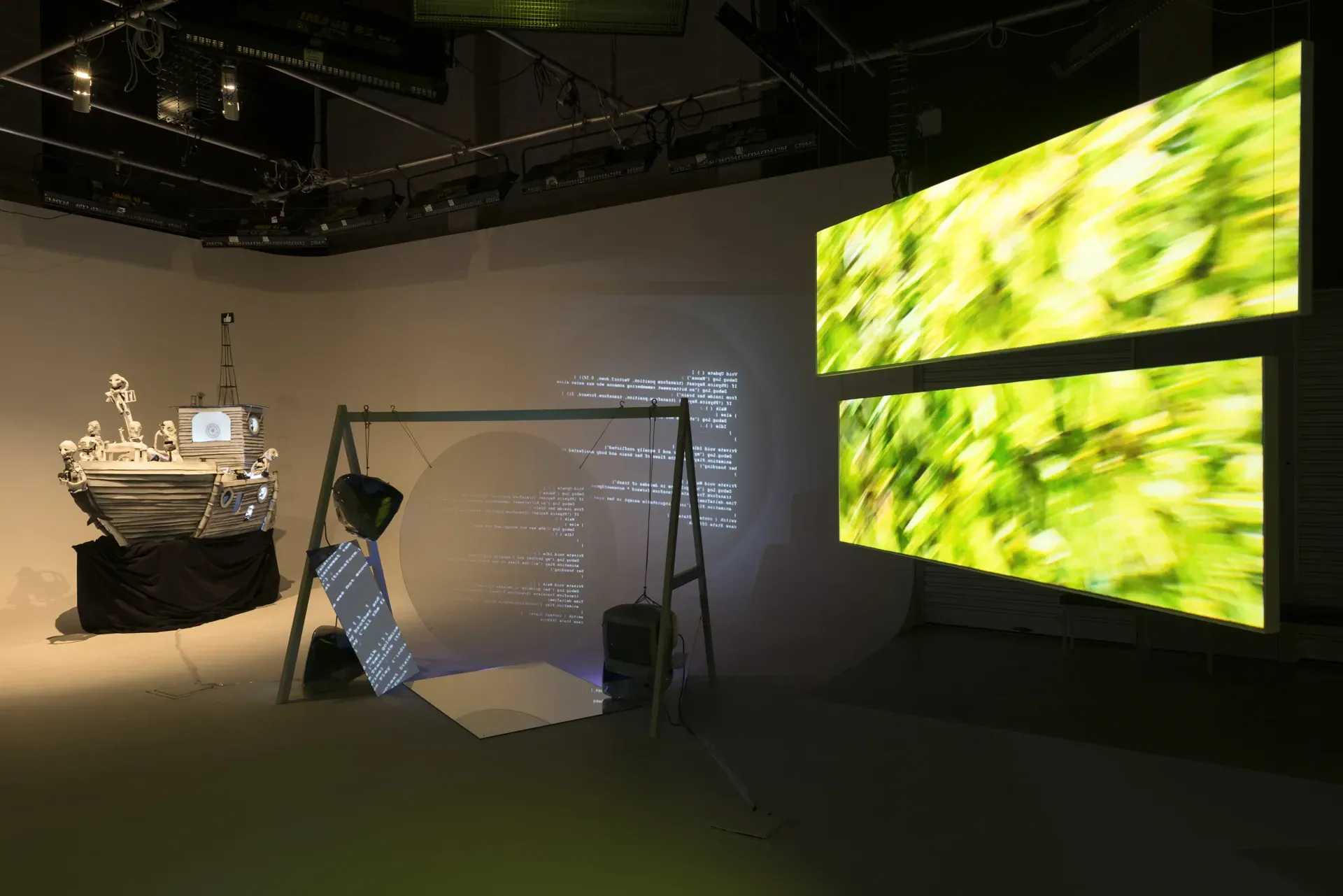
The Massey Master of Fine Arts (MFA) has a strong collective philosophy, bringing together a small cohort of postgraduate students from design, fine arts and music for intense transdisciplinary and disciplinary-specific conversations and explorations. It asks students to consider:
“How does your practice, your work, matter to the here and now? How is your work responding to what is going on around the world?”
Coordinators, Professor of Spatial Practice Julieanna Preston and Senior Lecturer Shannon Te Ao emphasise that creative practice is primary to the course. “This postgraduate programme is designed for those creative practitioners who crave greater depth, to stretch, disrupt and transform their creative practice, and who also seek an active studio-centric environment to incubate cross-fertilisation of ideas and approaches. It is experimental, boundary-expanding and often boundary-crossing,” says Preston.
The two-year (full time) programme caters for between 28-40 students across both years, with basic entry criteria of having an undergraduate degree in a creative field or having an established professional creative practice.
For designers as well as artists
It is well suited to artists working from a hybrid or expanded practice and designers who want to develop adventurous work that challenges convention. Study by distance is an option with permission from the coordinators.
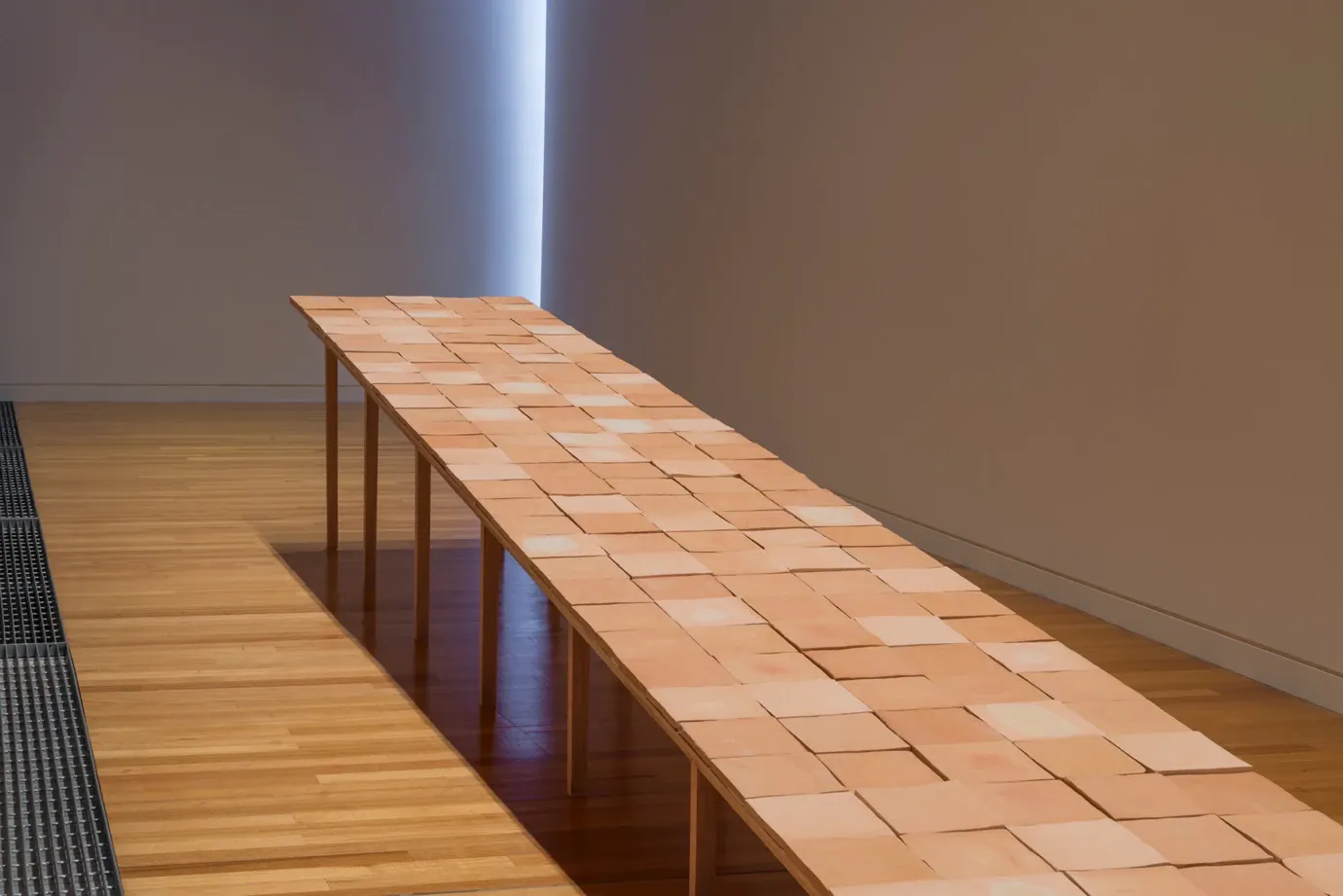
Ana Iti, Only fools are lonely, 2018. Hand-cut and fired clay, cedar.
The programme emphasises independent learning punctuated by shared community critiques, wananga, masterclasses and lectures, and is geared toward producing “research-driven, critically engaged, expertly realised and highly innovative original work,” says Preston.
Both Preston and Te Ao see the diversity of the course as one of its strength, a space where you can participate in a creative community where you are supported and challenged to refine skills and address contemporary issues. Practices have included: painting, sculpture, playwriting, curating, public art, graphic design, industrial design, fashion and textile design, film, animation, illustration, print-making, photography, community/socially-engaged practice installation, performance, art-writing, dance, spatial design, interaction design, book design and zines, music composition and sound art among others.
“Equally important is the huge diversity of life experiences, cultures, and professional acumen that students bring to the course– fresh from undergrad, established public practices, out of study a while, wishing to move into a different practice, upskilling for better job opportunities, or reconnecting with contemporary art/design issues. There are also international students from around the globe.
“The programme honours obligations under Te Tiriti; the teaching is culturally aware, informed learning, imbued with the arts’ role and voice in influencing our daily activities, processes, and modes of engaging with each other,” Preston says.
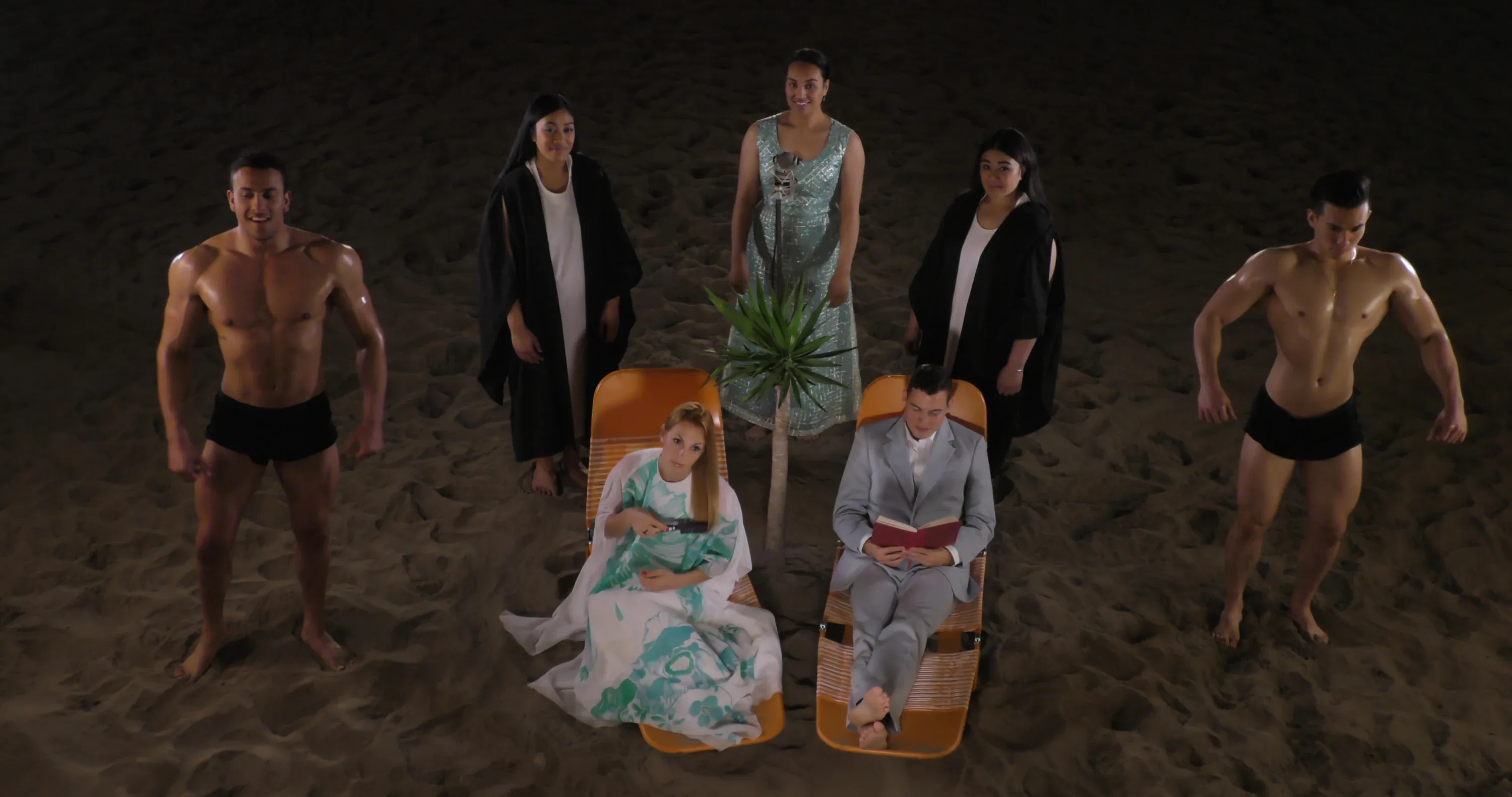
Chris Ulutupu 2016, Into The Arms Of My Coloniser.
International recognition
The College of Creative Arts is ranked in the top 100 by QS University rankings, and the Wellington School of Design ranked Number 1 in Asia–Pacific for design concept by Red Dot. It is also the first art and design school outside North America to be awarded
“substantial equivalency” by the US accreditation body NASAD – the most comprehensive international benchmark for art and design education. The Massey MFA aligns with “American model” programmes enabling graduates to consider academic career opportunities where this is a preference.
All the academic staff in the MFA programme have significant research profiles and international reputations. Julieanna is a live artist, writer and spatial designer with a strong material and site-situated approach whose work has been presented and published internationally. Shannon Te Ao’s work investigates and responds to material drawn from Māori paradigms, testing the implications of alternative creative, social and linguistic models in relation to contemporary video art and other performative practices. Shannon won the Walters Prize in Contemporary Art in 2016.
Working alongside Preston and Te Ao is an incredibly strong pool of supervisors all experts in their fields of creative practice research.
Charting your own course
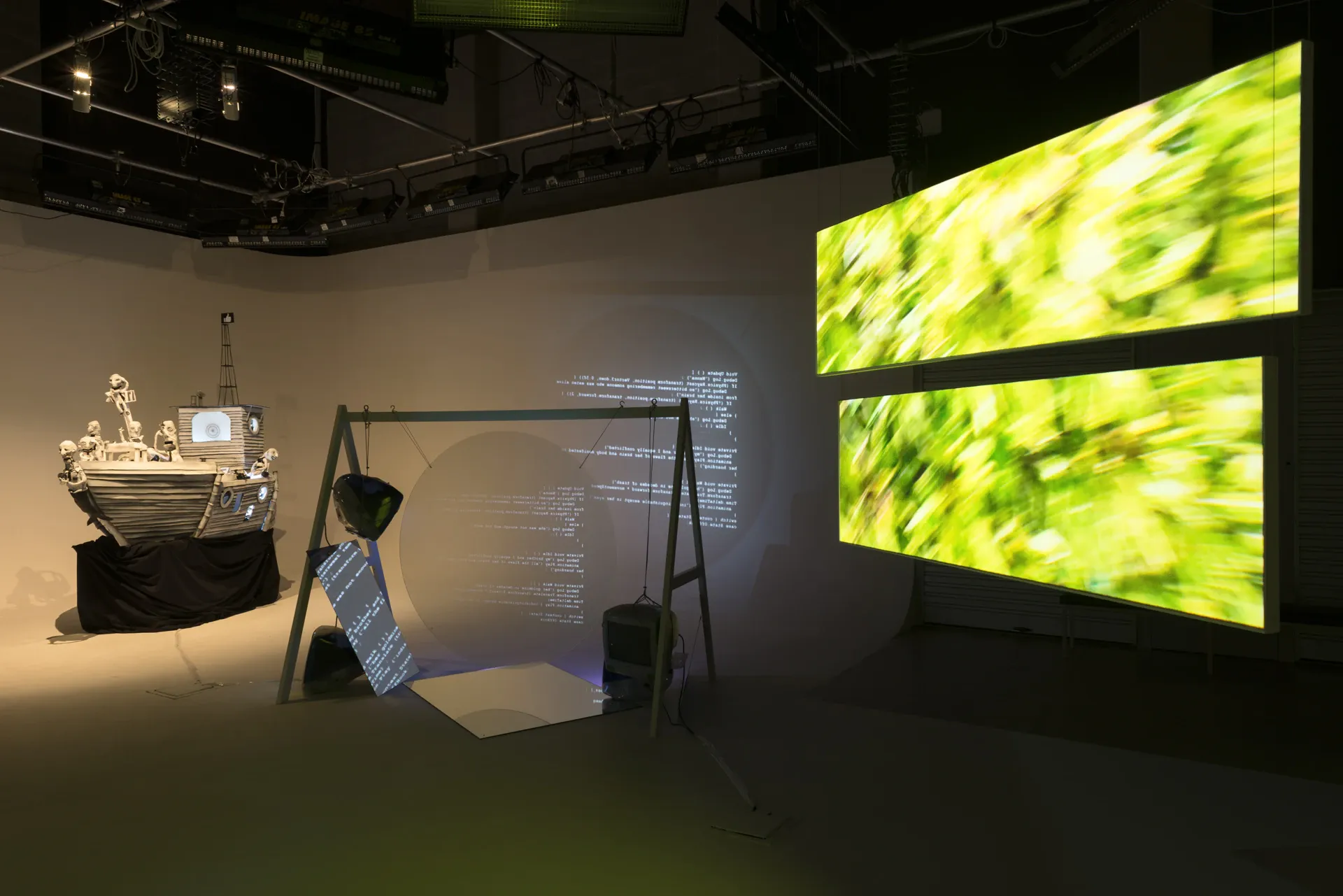
Left to right: Leda Farrow 2019, The Ship of Fools; Amber Strain 2019, monologing [V0.0.4]; Rebecca Mooney 2019, Everything something is an echo of nothing.
The MFA is a very personal journey for each student, they are guided and supported by people with incredible talent, but it is important for our students to know that they chart their own course. “We mentor them. We don’t tell them how or what to do. There is a great deal of student independence. We expose them to various forms of commentary and criticality and offer the suggestions about how they might find their own way,” Preston said.
As a transdisciplinary qualification, students can choose to graduate with a MFA (design), a MFA (fine arts) or, in the case of hybrid practices as a MFA without endorsement.
The College welcomes people interested in this programme to visit and take part in a critique or masterclass where they can meet existing students, see the studios and facilities and imagine themselves in this space.

